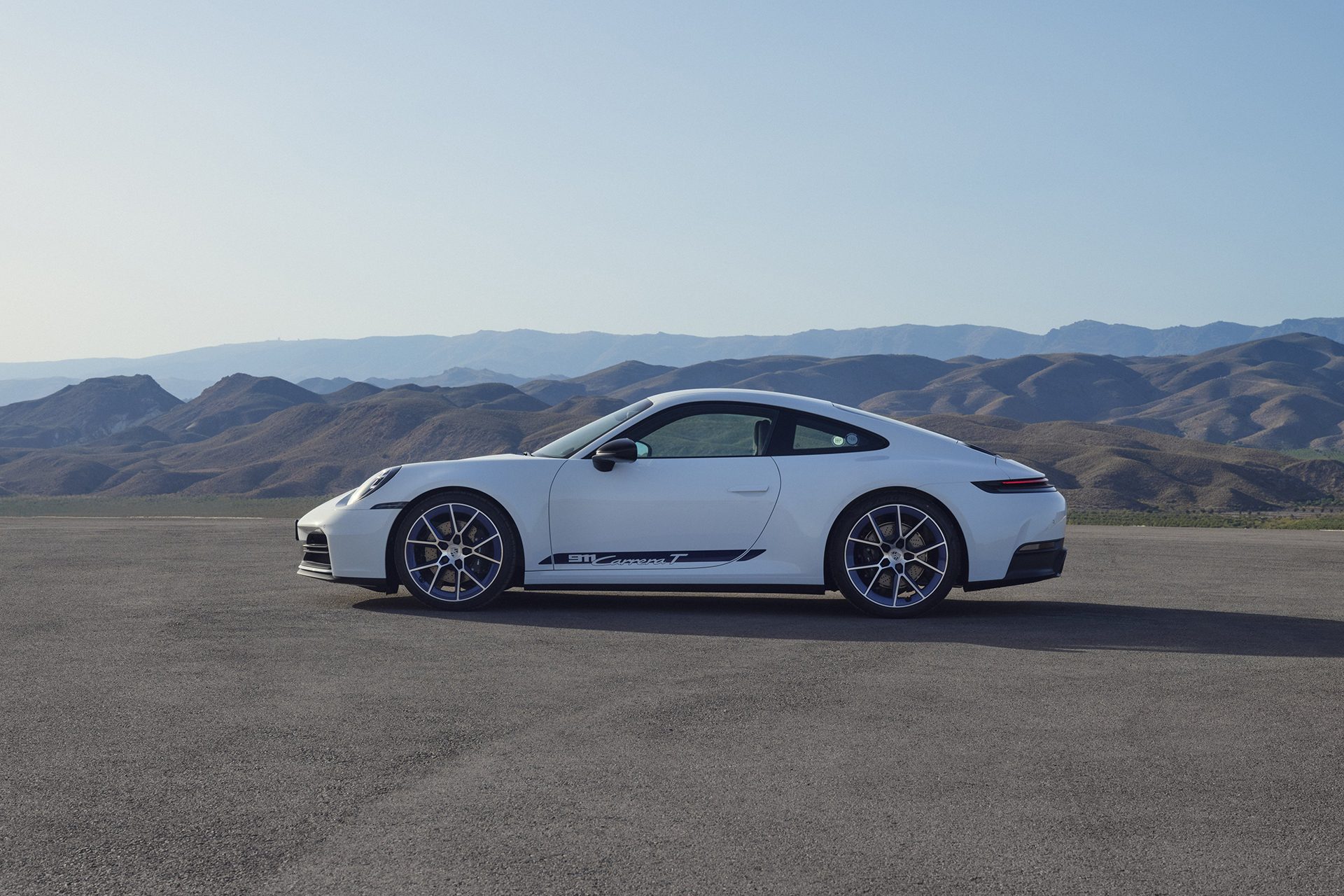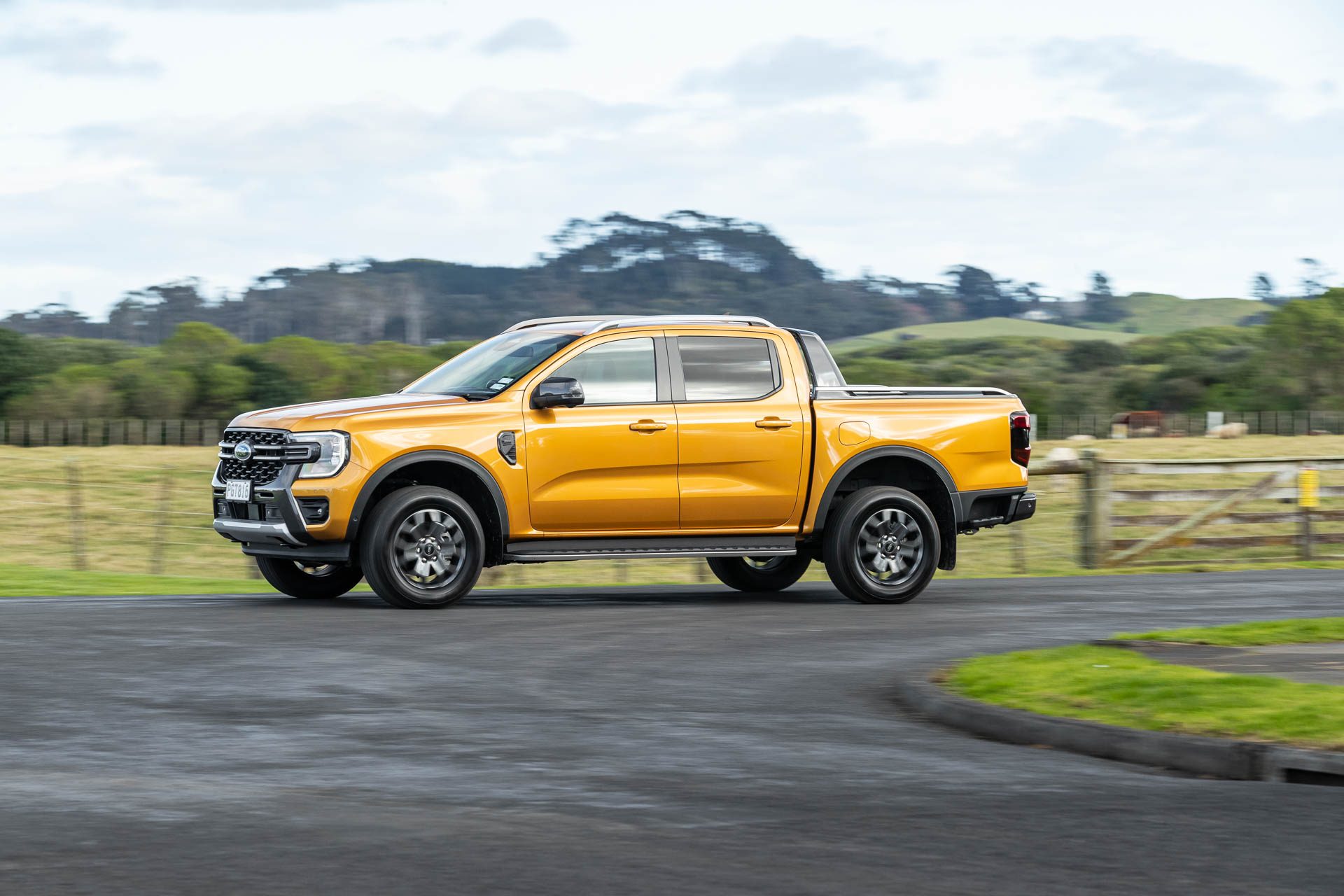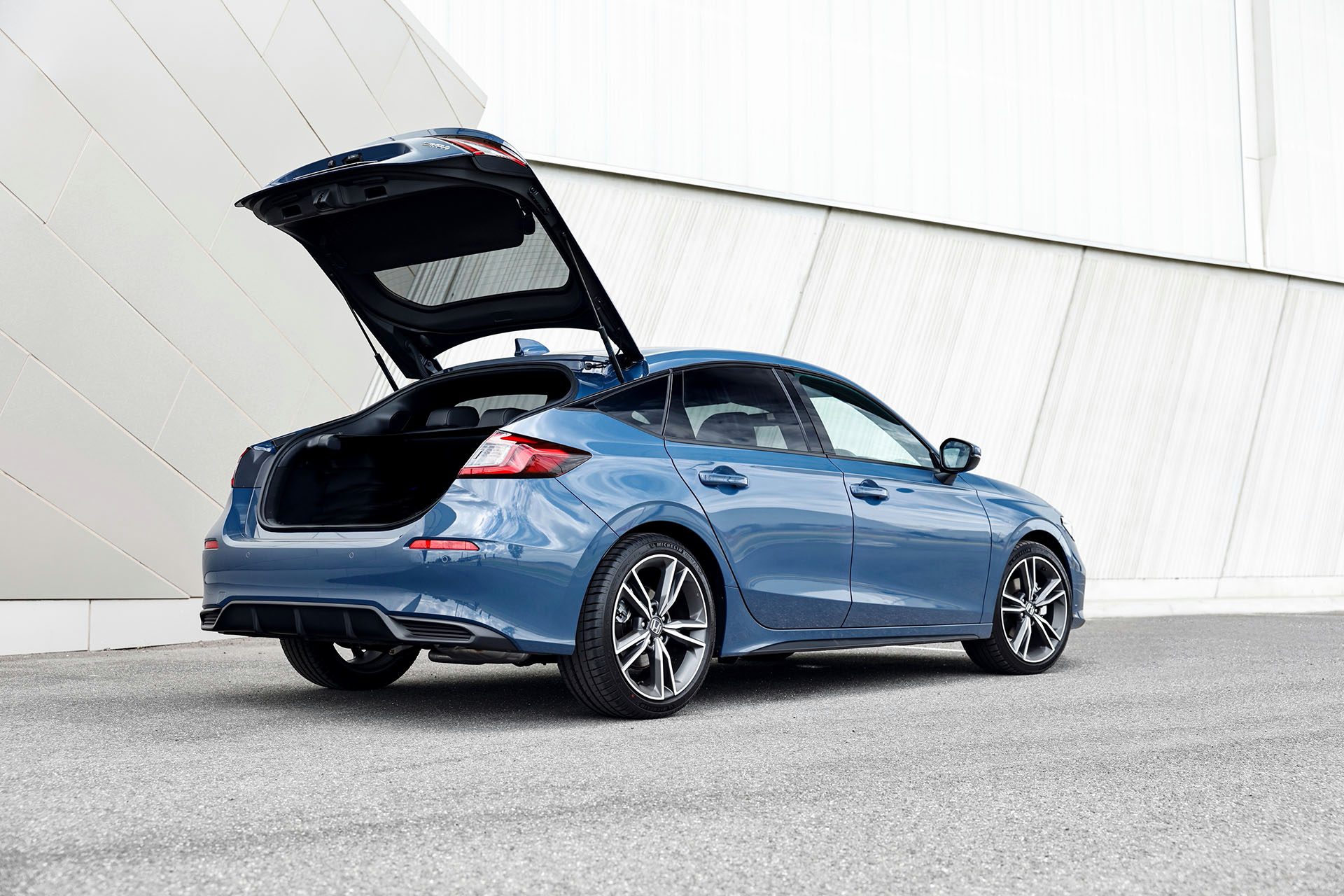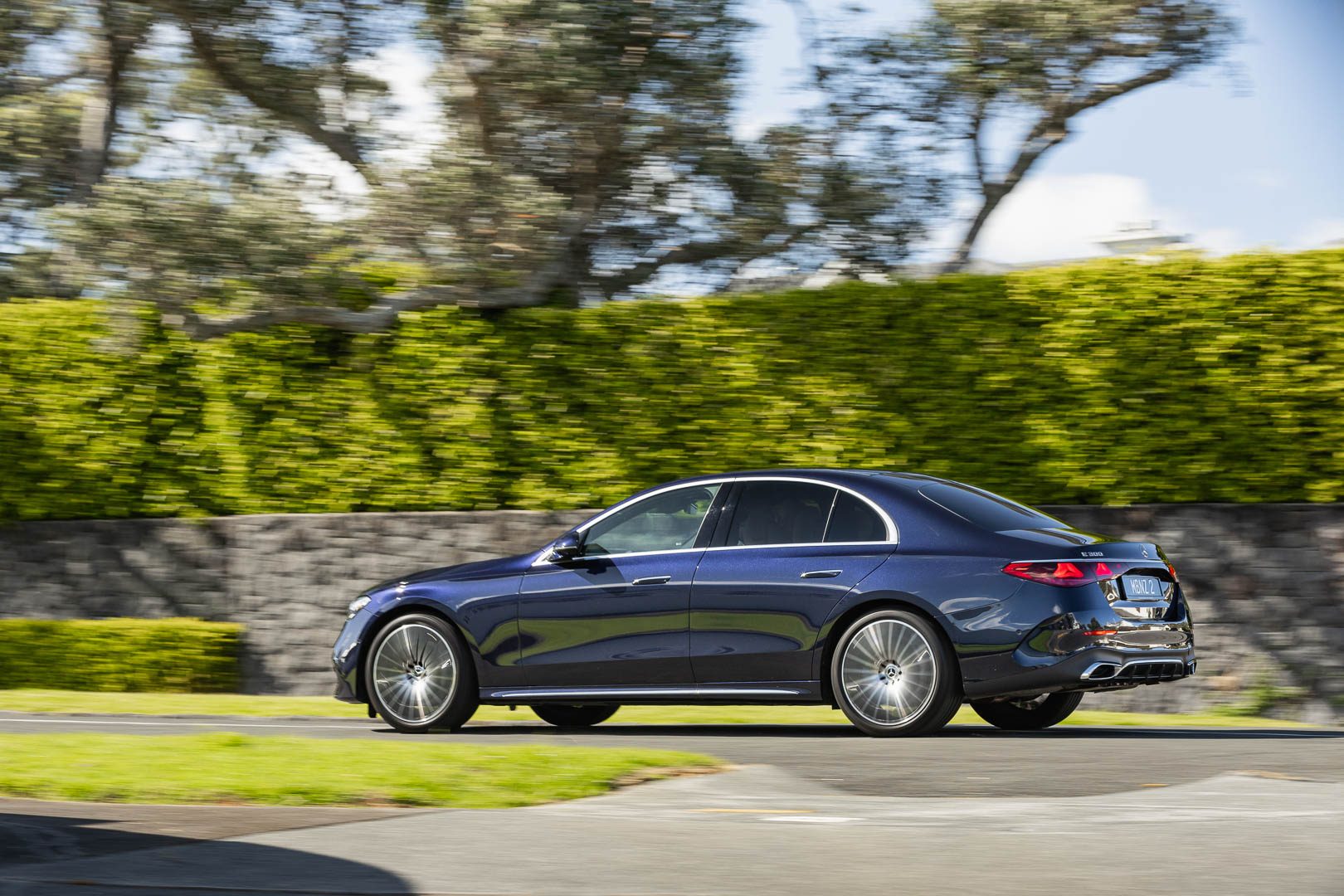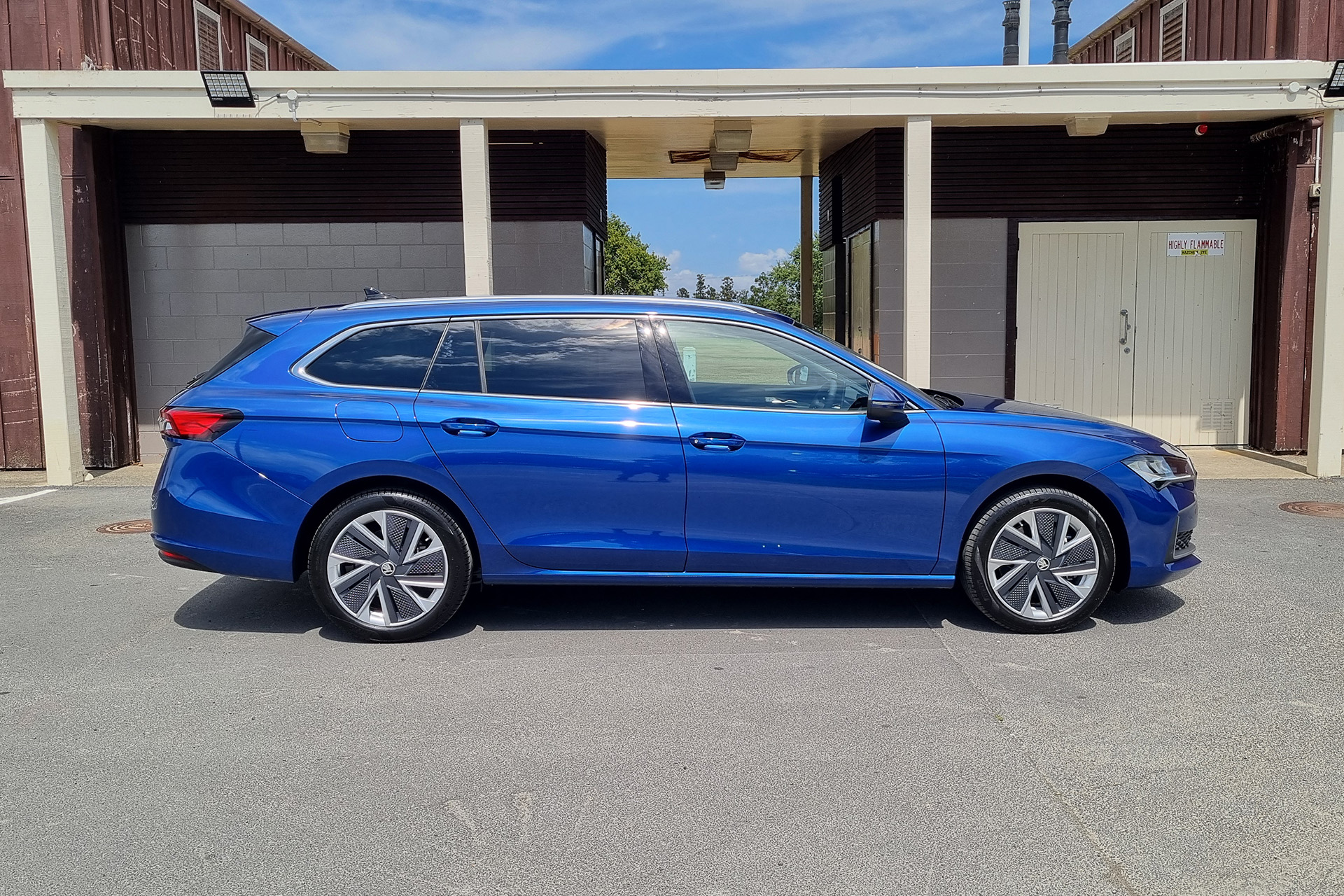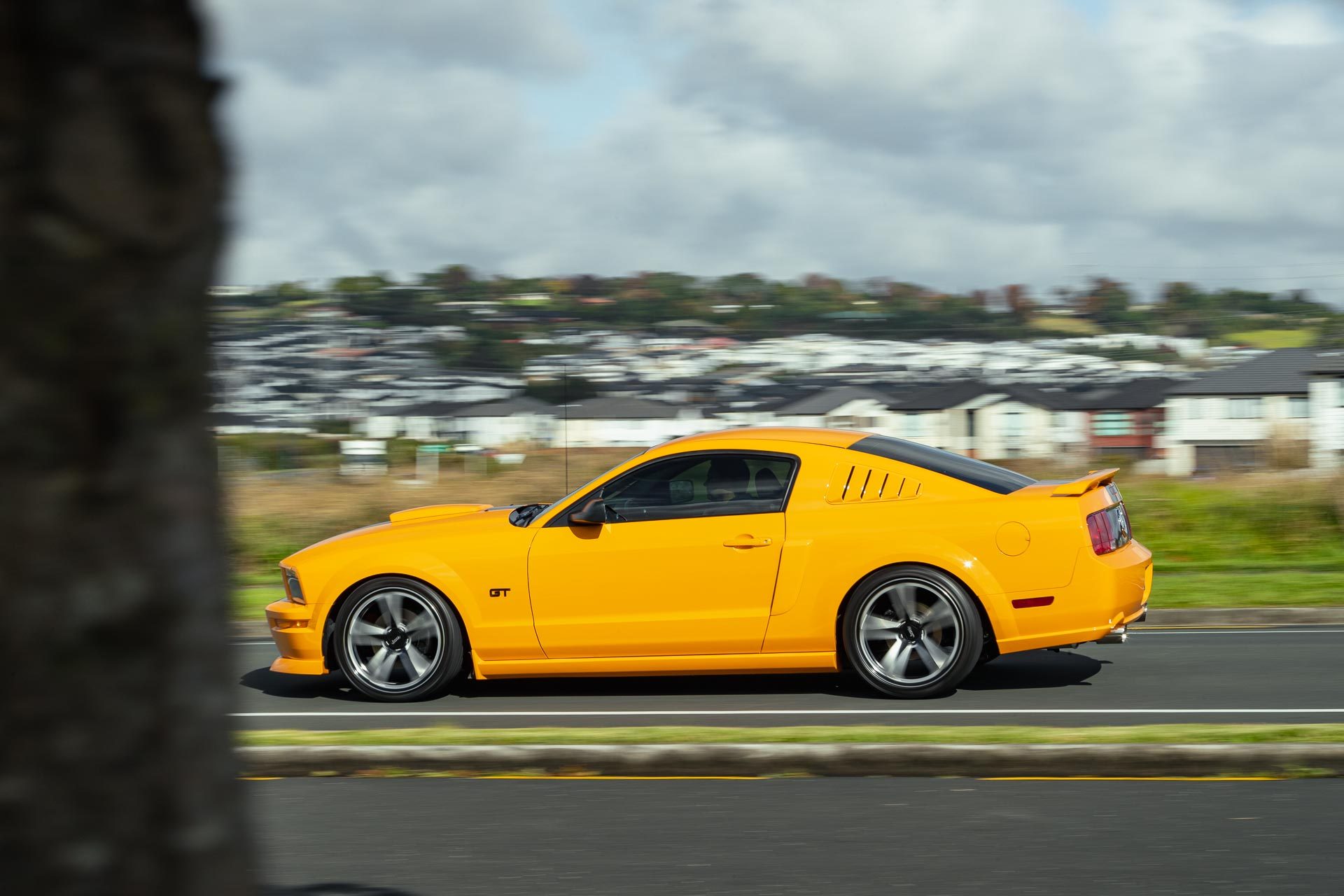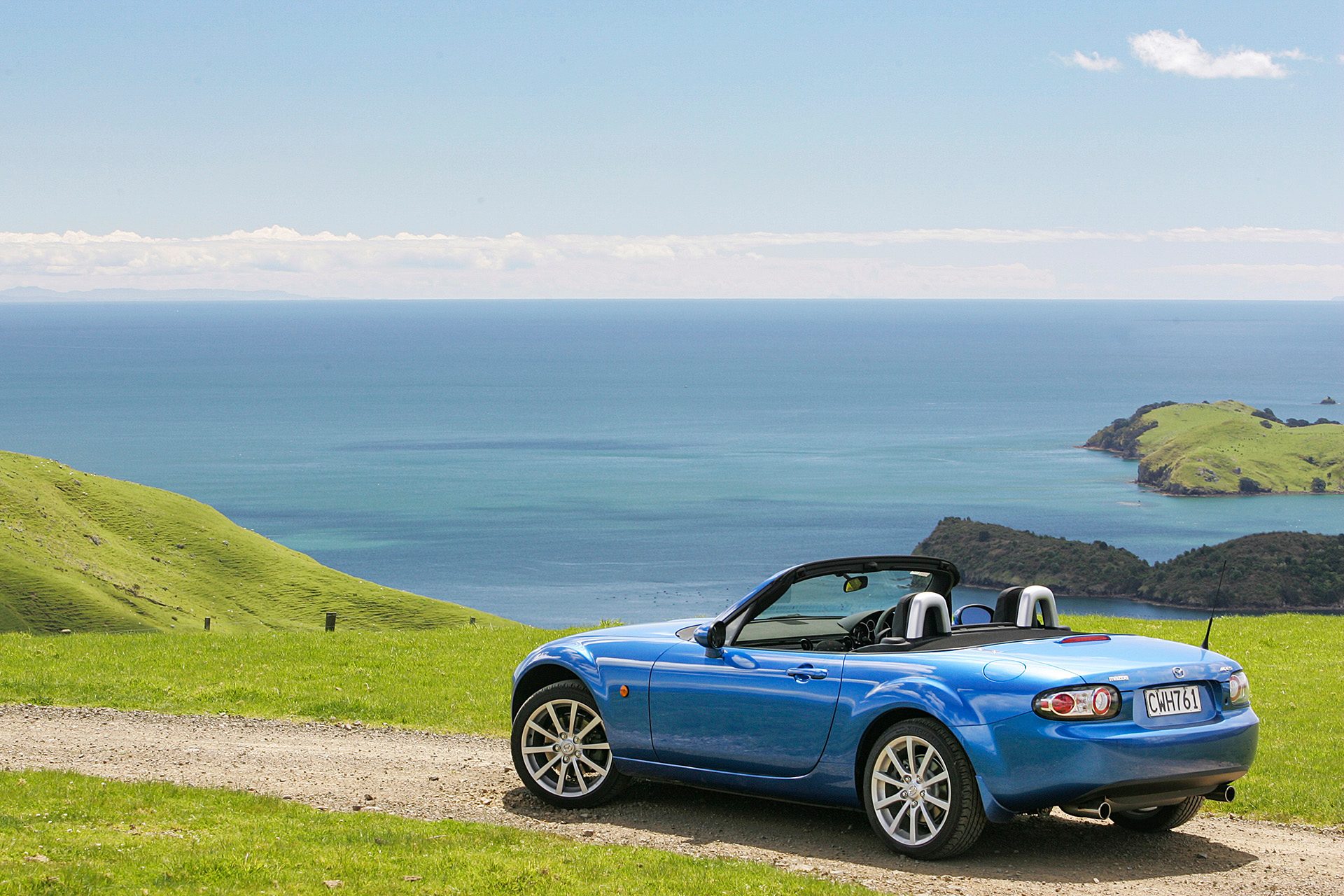Feature article
What type of car is right for you?
There are many vehicle types available, but which one is right for you? We identify body styles and their suitability.

There are many different vehicle types available, but which one is right for you? What’s the difference between an SUV and a station wagon? Do I need a ute to take the kids to school? So many questions, let’s see if we can answer them by identifying some of the most common body styles on the New Zealand market and what they are ideally suited for.
What is an SUV?
SUV is an American term which officially stands for "Sports Utility Vehicle" but it has evolved over the years into a broad label for any high-riding vehicle. Back in the day, an SUV in the traditional sense was your 4x4 type with lots of ground clearance and rugged four-wheel drive underpinnings. But now the SUV term has come to encompass all sorts of vehicles regardless of its off-road capability. The vast majority are now front wheel drive and based on passenger car platforms. They come in all sizes, from something as small as the Suzuki Jimny to the huge Toyota LandCruiser. You can get performance oriented SUVs to like the Porsche Cayenne that are crazy fast. Popular family focused models in New Zealand include the Toyota RAV4, Honda CR-V, Mazda CX-5 and Mitsubishi Outlander. SUVs tend to be practical with good passenger accommodations and luggage room. They can usually tow at least 1500kg and come with the option of front and all-wheel drive. Some have seven seats. The added ground clearance means they are easier to get in and out of. This all makes an SUV a good choice for the busy family.
What is a ute?
Ute is short for utility which can be defined as ‘useful, especially through being able to perform several functions’. And that is a ute. A couple of decades ago, these were strictly for work use, hauling around gear on the farm and building site. The cab (where the passengers sit) usually only accommodated the driver and a passenger (or the dog). But then they invented the ‘double cab’ turning the ute into a true utility, able to perform several functions including carrying around passengers yet still having the tray on the rear for work purposes. New generation utes are designed to be both a work horse, able to tow up 3.5 tonnes or carry a big load on the tray, while also accommodating passengers in reasonable comfort.
Popular examples include the Ford Ranger, Toyota Hilux, Mitsubishi Triton and Nissan Navara. With their ability to work and carry a family, they are well suited to trade types that can use them both to carry out work duties during the week and family duties after hours. Utes with a 4x4 drivetrains also make good vehicles for the adventurous type; fill them with camping equipment and go see the country.
What is a hatchback?
This is usually a smaller type of car, with three or five doors. The boot is accessed via a top-hinged tailgate and is referred to as the third or fifth door. These cargo compartments are often accessible from the back seat of the vehicle, as opposed to a sedan, where you can only access it via the boot itself.
Popular examples of compact hatches are the Toyota Corolla, Honda Civic, Mazda 3 and Volkswagen Golf. You can also get smaller ones like the Honda Jazz, Toyota Yaris and Mazda 2. Hatchbacks tend to be more compact in size, therefore easier to park and turn around and are economical to run. They usually have five seats, though are a more comfortable fit for just four. A hatchback is generally thought of as being a bit more practical than a four-door sedan as you can fit more stuff into boot thanks to the larger opening, and you can fold down the rear seats.
Hatchbacks tend to suit younger drivers starting out (as they are easy to drive), a family of four, and older drivers who no longer need a big family car, but still need something practical.
What is a sedan?
Traditionally, the sedan had four doors and a boot, the latter not accessible from the passenger compartment. These sorts of cars are becoming less popular but common examples include the Toyota Camry, Mercedes-Benz E Class, Holden Commodore and Ford Falcon (although they no longer make those last two).
In the past you have been able to buy sedan versions of Corolla Civic, and Mazda 3, but these are no longer offered on the new car market. However there are many of these on the second hand market. You find more sedans in the luxury market, where the body style has been preserved.
What is a stationwagon?
A stationwagon is usually based on a sedan but it has a longer roofline and an enlarged boot area. The latter is accessed via a top-hinged tailgate. They can come in many different sizes from small wagons like the Corolla, mid-size models like the Mazda 6 wagon while from the large car class are the likes of the Skoda Superb. Older models like the Holden Commodore wagon were once popular as was the Subaru Legacy wagon. They suit people that have lots of stuff to carry around but that do not want to drive something like an SUV.
What is a coupe?
This is a car with sloping roofline, usually only having two doors to access the passenger cabin and a separate boot. They tend to be sportier cars, with less space in the cabin for passengers and usually only accommodating up to four people, while the space in the rear is tight. They tend to favour vehicle dynamics, performance and style over practicality and economy. Examples include sportscars like the Porsche 911 and Ford Mustang.
What is a convertible?
A convertible has a folding roof that can be lowered in order to enjoy the feeling of driving with the wind in your hair. The roof is usually made of canvas, often called a soft top while some feature a folding hardtop design. Convertibles are similar in character to a coupe, with more of a focus on fun and driving than practicalities. Examples include the Mazda MX-5 and the Ford Mustang convertible.
Author
Other articles you might like
